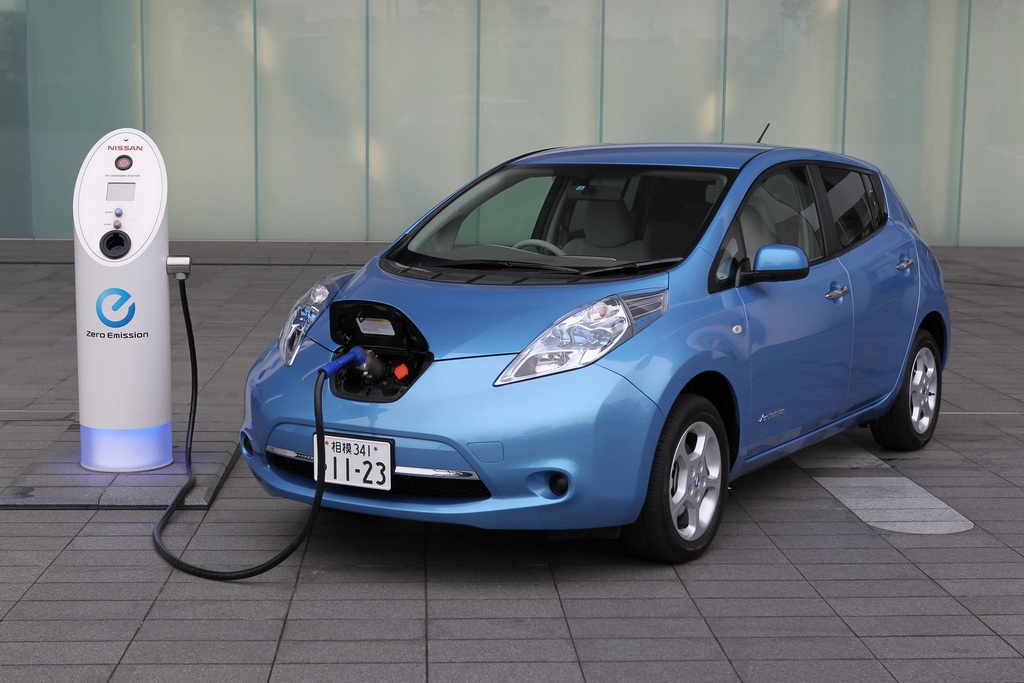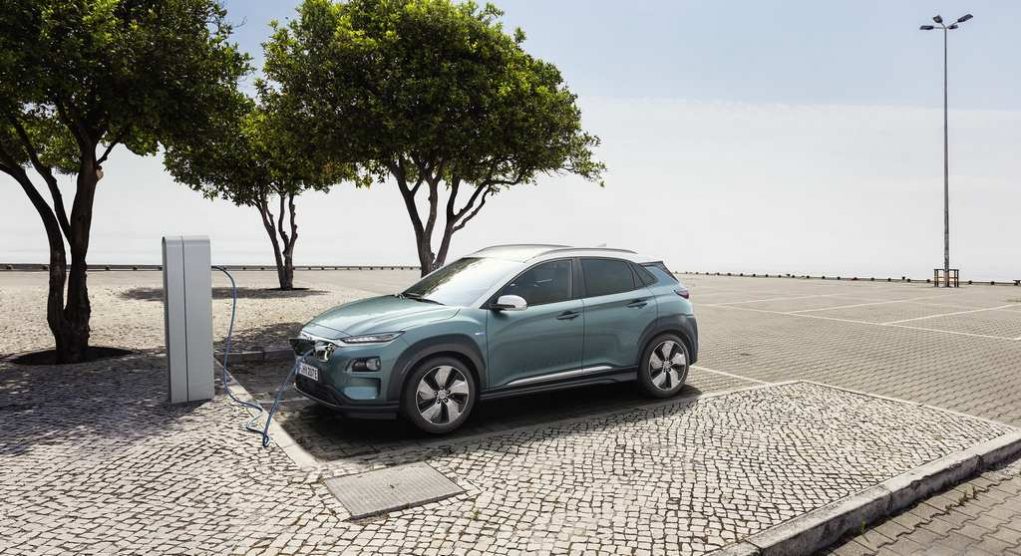
The cost of lithium-ion battery pack and other metals used in manufacturing will ultimately decide the price difference between EVs and IC-engined cars
Automobile manufacturers are facing huge hurdles in the transformation to produce mass market electric cars as they are against the conventions the industry has known about. Pushing through the tough times, the global or local brands investing hefty sum as the pathway towards commercialising eco-friendly vehicles is no easy.
Companies have been rolling out electric vehicles in large number in recent years but the demand in the next decade will eventually shoot up multiple folds. The increased concern for less carbon footprint among the world nations plays a significant role in it and general public are realising EVs as the future of transportation and adapting to new technological build up is necessary.
Also Read: Hyundai Kona Electric SUV India Launch In Mid-2019; To Be Priced Rs. 25 Lakh
To narrow things down, the biggest downside currently is the cost factor between conventional IC-engined cars and electric vehicles. But, what if people could buy environmental-friendly cars at less money over petrol and diesel powered models? Too good to resist, was not it? A report emerged on international media suggests that EVs will cost about the same as conventional cars by 2024.
And a year later, they might become cheaper if the prices of the battery back and demand for unique metals during the processing of EV systems could go down. Both of them are key resources deciding the output costs and because of the increase in mass manufacturing of lithium-ion storage, the battery prices are projected to be reduced to just $70 per kWh by 2030.
In comparison, the Li-ion battery prices were at $208 per kilowatt hour, resulting in higher sticker tag when the models reach showrooms for customers to buy. The EV sales will continue to increase in the coming years undoubtedly and for mass adoption, the battery prices are the crucial factor that needs to be watched.
The crossover point could be pushed further back if battery material costs rise up continuously though. This is where the government incentives will come into play and encourage manufacturers to produce EVs. It is no secret that the central governance of India has put a big U-turn in terms of having a clear direction over 2030 EV policy but automakers are not backing out as we are expected to see pure EVs being introduced in the not-so-distant future.
Source: Bloomberg

